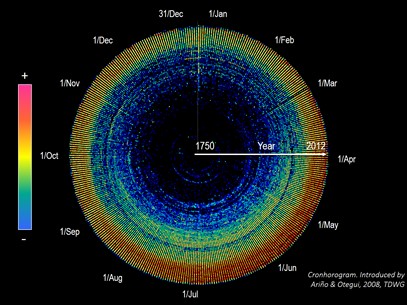 Macrodata and biodiversity
Macrodata and biodiversity
The variety of life on the planet is in crisis: more and more species are disappearing.
To find out how or why, we process large instructions from data of biodiversity with millions of records. From them we obtain patterns of distribution in space and evolution over time, and we can try to predict how they will be affected by changes in the environment.

For this, it is important that those who obtain the data share them freely and in a coordinated manner. At BIOMA we are providers as well as users of data. The research we carry out is published, but individual data are continuously provided to global information infrastructures.

The most important infrastructure is the Global Biodiversity Information Facility (GBIF), where our field observations and the specimens archived at the Science Museum join those provided by other laboratories to constitute the largest source of data of biodiversity on the planet, continuously used by universities, research, governments and the general public to understand the evolution of life on Earth.

An example is the set of data of aquatic macroinvertebrates: more than 260,000 primary records collected during several years of biological monitoring of water quality in the rivers of the Ebro Basin, which are the largest database of this subject that exists in Spain.

An example is the set of data of aquatic macroinvertebrates: more than 260,000 primary records collected during several years of biological monitoring of water quality in the rivers of the Ebro Basin, which are the largest database of this subject that exists in Spain.
